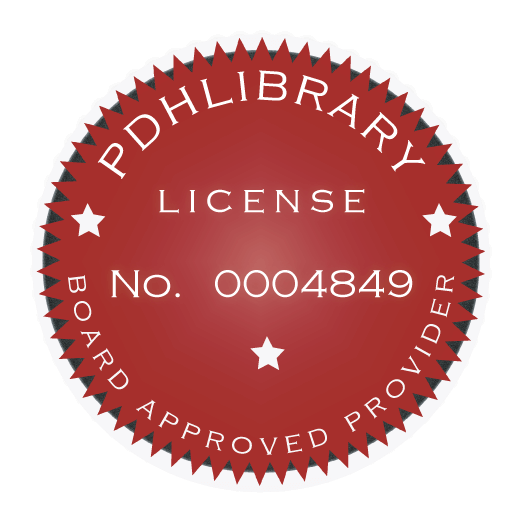Course Description
Tornadoes cause heavy loss of life and property damage throughout much of the United States. Ideally, a specially designed safe room or storm shelter offers the best protection from a tornado. However, the time of s tornado strike may find building occupants without success to areas designed to withstand tornado strikes. Most schools and other public buildings include areas that offer some protection from this danger even if they lack specially designed safe rooms or storm shelters. Building occupants should know the locations of these areas.
The guidance presented in this course is intended primarily to help designers, planers and administrators select the best available refuge areas in existing schools. Building administrators, architects, and engineers are encouraged to apply this guidance so that the number of injuries and deaths will be minimized if a tornado strikes an occupied school. The principles in this course can be applied to similar structure types other than schools.
While predicting specific tornado strike locations is unpredictable, building failure modes were found to be relatively predictable in the case studies. Certain parts of buildings offer increased protection to occupants and certain areas should be avoided. The ability of occupants to reach the areas referred to as “Best Available Refuge Areas” provides an increased chance of avoiding injury and death from the tornado. The eyewitness accounts from tornado survivors emphasize the human consequences of policy and design decisions.
This course includes a quiz at the end, which is designed to enhance the understanding of the course materials.
Course Outline
1. Tornado Profile
2. Effects of High Winds
3. Atmospheric Pressure Changes
4. Debris Impact
5. Case Studies of Public School Buildings
6. Selection Procedure
7. Required Refuge Area Space
8. Identifying the Best Available refuge Areas
9. Verifying the Best Available Refuge Areas
10. Selecting the Best Available refuge Areas in Other Types of Buildings
This course includes a multiple-choice quiz at the end and is intended to provide 7 hours of professional development.
Learning Objectives
At the conclusion of this course, the student will:
• Be better able to assess tornado risk for a given geographic area;
• Be introduced to the Fujita Tornado Damage Scale;
• Understand wind-induced forces;
• Understand changes in atmospheric pressure;
• Understand debris impact;
• Understand missile impact;
• Be introduced to simple methods to reinforce refuge areas;
• Be able to select the best refuge areas in an existing building;
• Be able to calculate the required space (square footage) for a given number of occupants in a refuge area;
• Be able to review construction drawings for refuge area selection;
• Be able to inspect existing buildings for refuge area selection;
• Be able to identify nearby potential missiles;
• Be able to identify hazardous building elements to be avoided; and
• Understand the proper priorities in selecting refuge areas.

